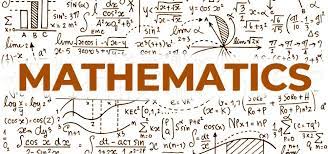Math Classes
Creating a positive and engaging learning environment will contribute to their enjoyment and understanding of mathematics. it's essential to adapt your teaching methods to suit the needs and interests of your students.
Live Course
Live Class: Monday, 18 Mar
Enrolled: 0
Duration: 24 Hours
Offered by: infyni

